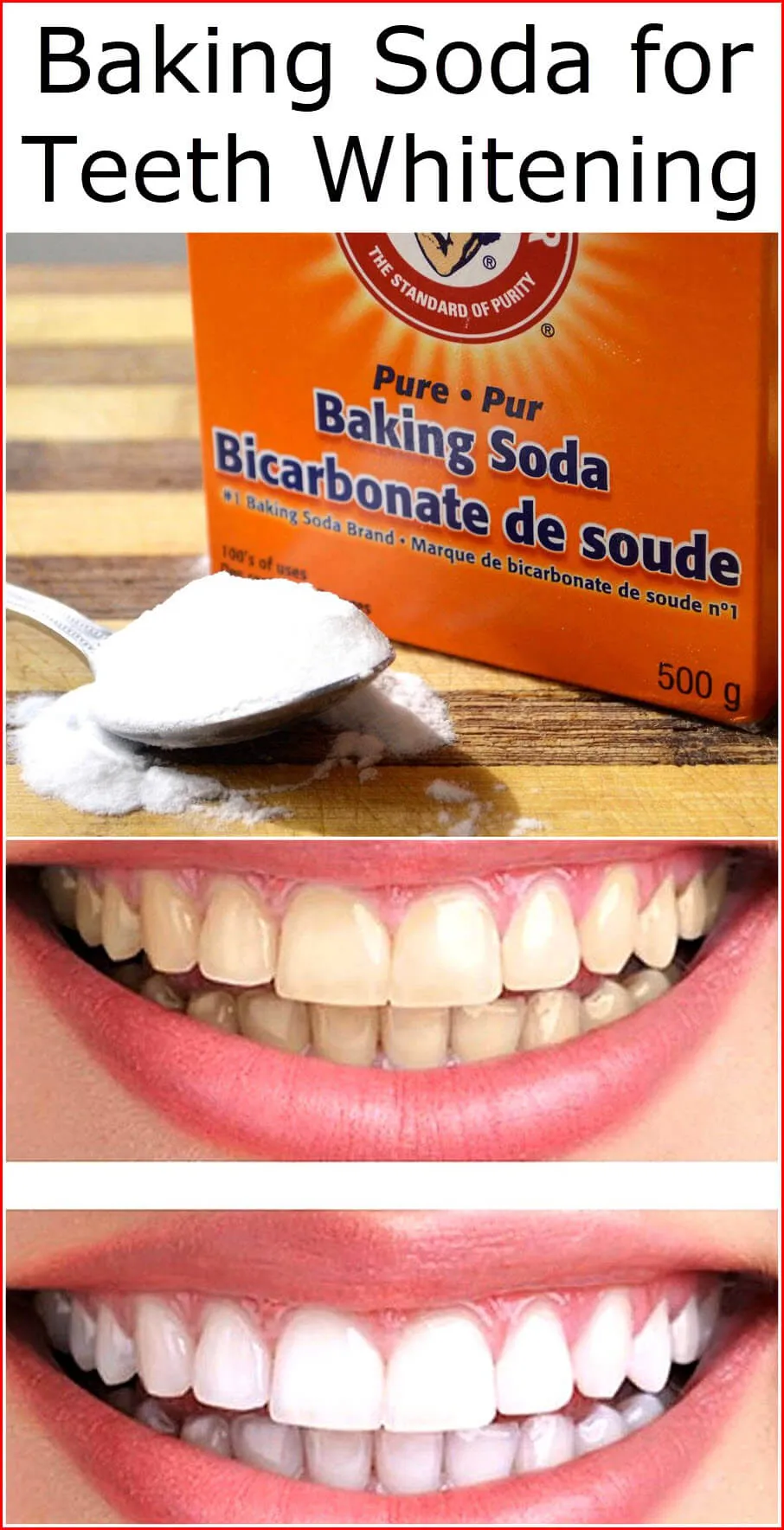Understanding Baking Soda for Teeth Whitening
The quest for a brighter smile often leads individuals to explore various teeth whitening options. Among these, baking soda has emerged as a popular home remedy. Its accessibility and affordability make it an attractive choice for those seeking to enhance their dental aesthetics without professional treatments. This article delves into the effectiveness, methods, and safety considerations of using baking soda for teeth whitening, offering a comprehensive guide to help you make informed decisions about your oral care routine. Understanding how baking soda works and how to use it correctly can lead to noticeable improvements in the brightness of your teeth.
The Science Behind Baking Soda
Baking soda, or sodium bicarbonate, is a mild abrasive. This property is key to its teeth-whitening capabilities. When used correctly, baking soda gently scrubs away surface stains from your teeth. These stains, which often result from consuming coffee, tea, wine, and certain foods, can dull the appearance of your smile. Moreover, baking soda has a high pH level, which helps to neutralize the acids in your mouth. These acids, produced by bacteria, contribute to enamel erosion and tooth decay. By neutralizing these acids, baking soda promotes a healthier oral environment. The combination of abrasive action and pH balancing makes baking soda a dual-action agent in the fight for whiter teeth.
How Baking Soda Works on Teeth Stains
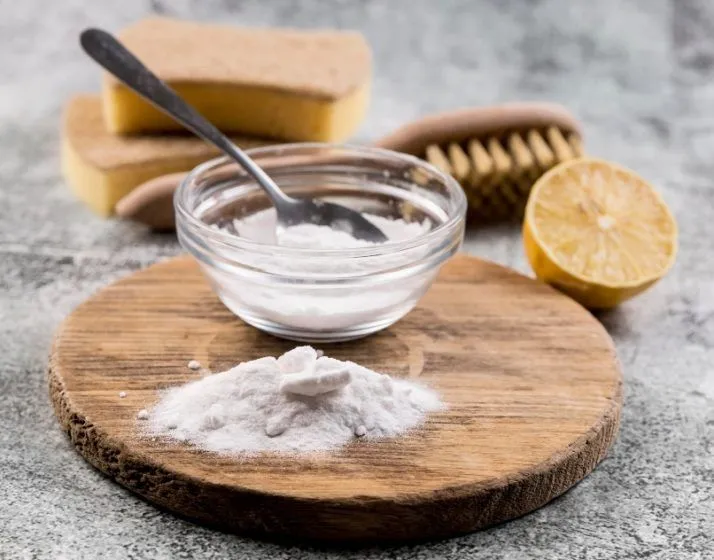
The mechanism by which baking soda whitens teeth involves the removal of extrinsic stains. Unlike professional whitening treatments that penetrate the enamel to address intrinsic discoloration, baking soda focuses on the surface. Its slightly abrasive texture helps to physically scrub away stains. When you brush with a baking soda mixture, the tiny particles work to dislodge the pigmented compounds that have adhered to the enamel. Over time, with consistent use, this process can significantly improve the brightness of your teeth. However, it is important to note that baking soda is not effective on all types of stains, and its impact is primarily limited to the surface of your teeth. Image of someone using baking soda for teeth.
Top 7 Baking Soda Teeth Whitening Remedies
Baking Soda and Water Paste
The simplest method involves creating a paste of baking soda and water. Mix a teaspoon of baking soda with enough water to form a thick paste. Brush your teeth with this paste for about two minutes. This basic method is a fundamental approach to using baking soda for teeth whitening, providing a straightforward and accessible option for those starting out. Remember to rinse thoroughly after brushing to remove all traces of the paste and the dislodged stains. This simple recipe is the foundation of many teeth whitening routines.
Baking Soda and Hydrogen Peroxide
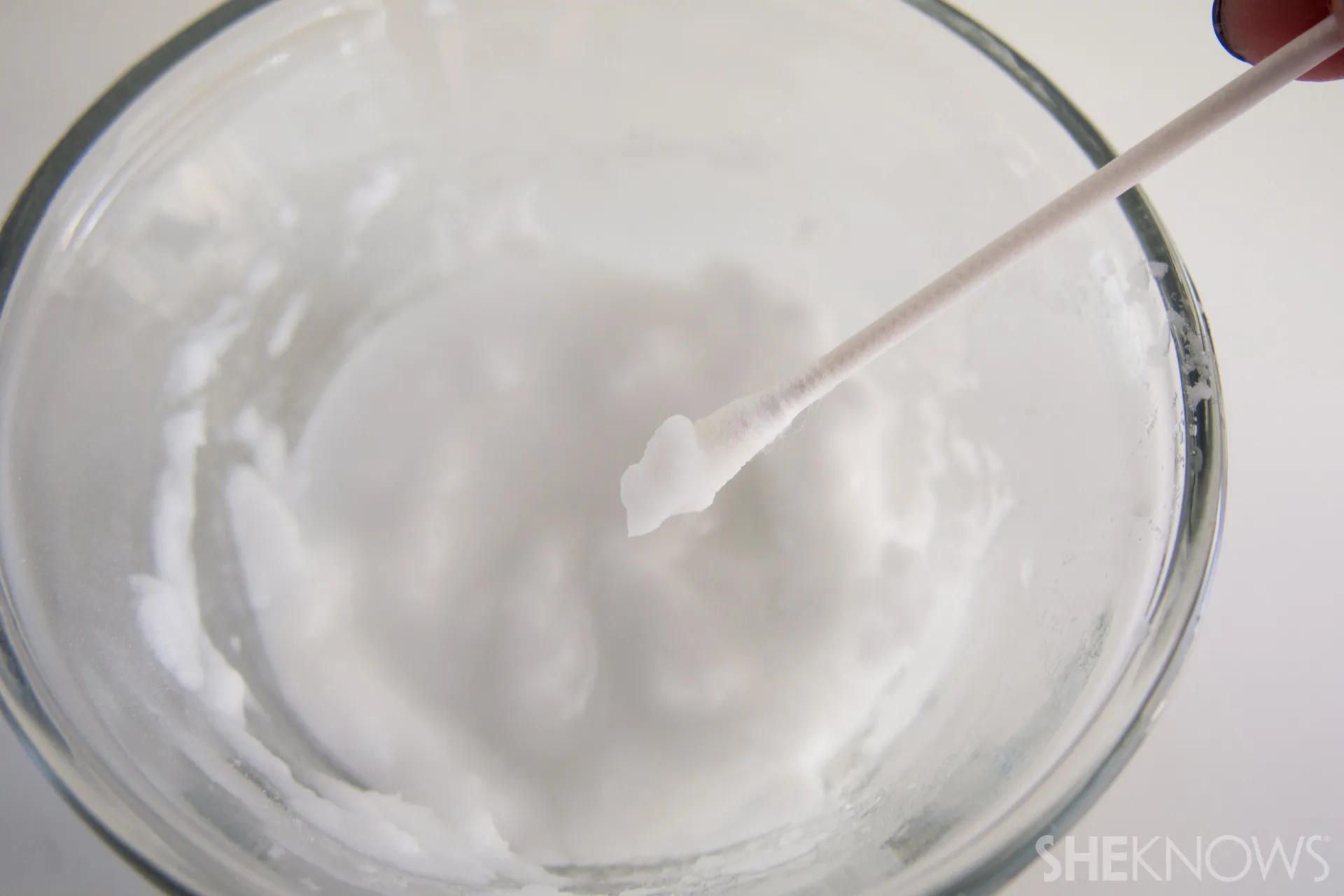
Combining baking soda with hydrogen peroxide can enhance the whitening effect. Hydrogen peroxide acts as a mild bleaching agent, which, when combined with the abrasive action of baking soda, can lead to more noticeable results. Mix a teaspoon of baking soda with a small amount of hydrogen peroxide to form a paste. Use this paste to brush your teeth for about two minutes, and then rinse well. While hydrogen peroxide can boost the whitening process, it is crucial to use it in moderation to avoid potential side effects. The synergy of the two ingredients provides a more potent whitening treatment, but with increased caution needed. Image about mixing peroxide and baking soda.
Baking Soda and Lemon Juice
Lemon juice is another popular addition to baking soda mixtures, thanks to its natural bleaching properties. However, this combination requires extra care. The citric acid in lemon juice is highly acidic and can erode tooth enamel if used excessively. Mix a small amount of lemon juice with baking soda to create a paste. Apply it to your teeth for no more than a minute, and then rinse thoroughly. Due to the acidity, this method should be used sparingly, perhaps once a week or less. The potential benefits of lemon juice are counterbalanced by the risk of enamel damage, highlighting the need for careful and infrequent application.
Baking Soda and Coconut Oil
Coconut oil is known for its health benefits, including its potential for oral hygiene. Mixing baking soda with coconut oil can create a gentler, yet effective, whitening paste. Coconut oil has antibacterial properties and can help reduce plaque. Combine a teaspoon of baking soda with a teaspoon of coconut oil to create a paste. Brush your teeth with this mixture, taking care to coat all surfaces. The coconut oil not only adds flavor but may also help to reduce the abrasiveness of the baking soda. This combination is a favored option for those seeking a more natural and less harsh whitening approach. Image of coconut oil mix with baking soda.
Baking Soda and Apple Cider Vinegar
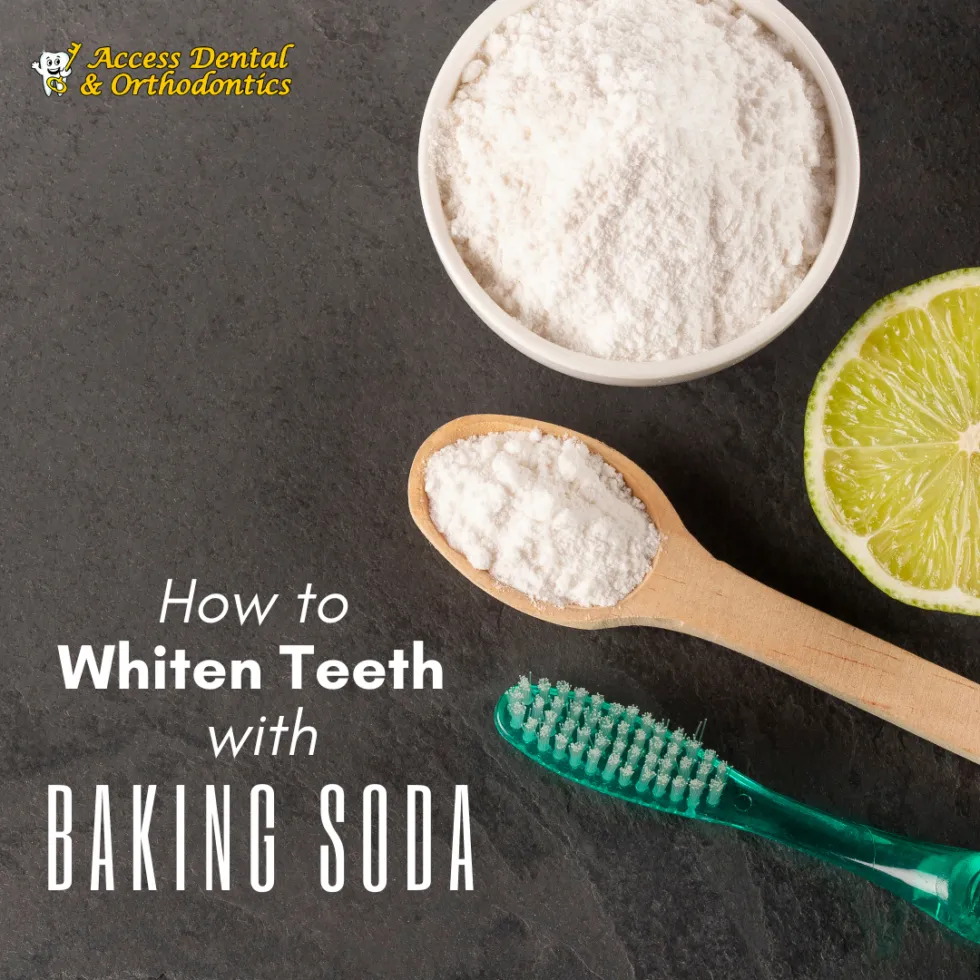
Apple cider vinegar (ACV) is often touted for its various health benefits, and some people use it for teeth whitening. Mixing baking soda with ACV creates a fizzing reaction that can help remove stains. However, like lemon juice, ACV is acidic and can erode enamel. Use this method with extreme caution. Mix a small amount of ACV with baking soda to form a paste, brush gently, and rinse thoroughly. Due to the risks associated with its acidity, this method is not recommended for frequent use. The potential enamel damage outweighs the whitening benefits for many users.
Baking Soda and Salt
Salt, like baking soda, is a mild abrasive that can help remove surface stains. Combining baking soda with salt can enhance the cleaning and whitening action. Mix a small amount of salt with baking soda and water to create a paste. Brush your teeth gently with this paste. Salt can also help to reduce inflammation and promote healthy gums. This method combines the stain-removing properties of both ingredients for a more effective cleaning action. Image of the salt mix with baking soda.
Baking Soda and Turmeric
Turmeric, a spice known for its anti-inflammatory and antioxidant properties, has gained popularity as a teeth-whitening agent. Mixing baking soda with turmeric can create a paste that combines the abrasive action of baking soda with the benefits of turmeric. Mix a small amount of turmeric powder with baking soda and water to form a paste. Brush your teeth with this paste. This method offers a natural alternative. However, the effectiveness of turmeric for teeth whitening is still under research, but it is considered to be relatively safe due to its natural ingredients.
Tips for Safe and Effective Use
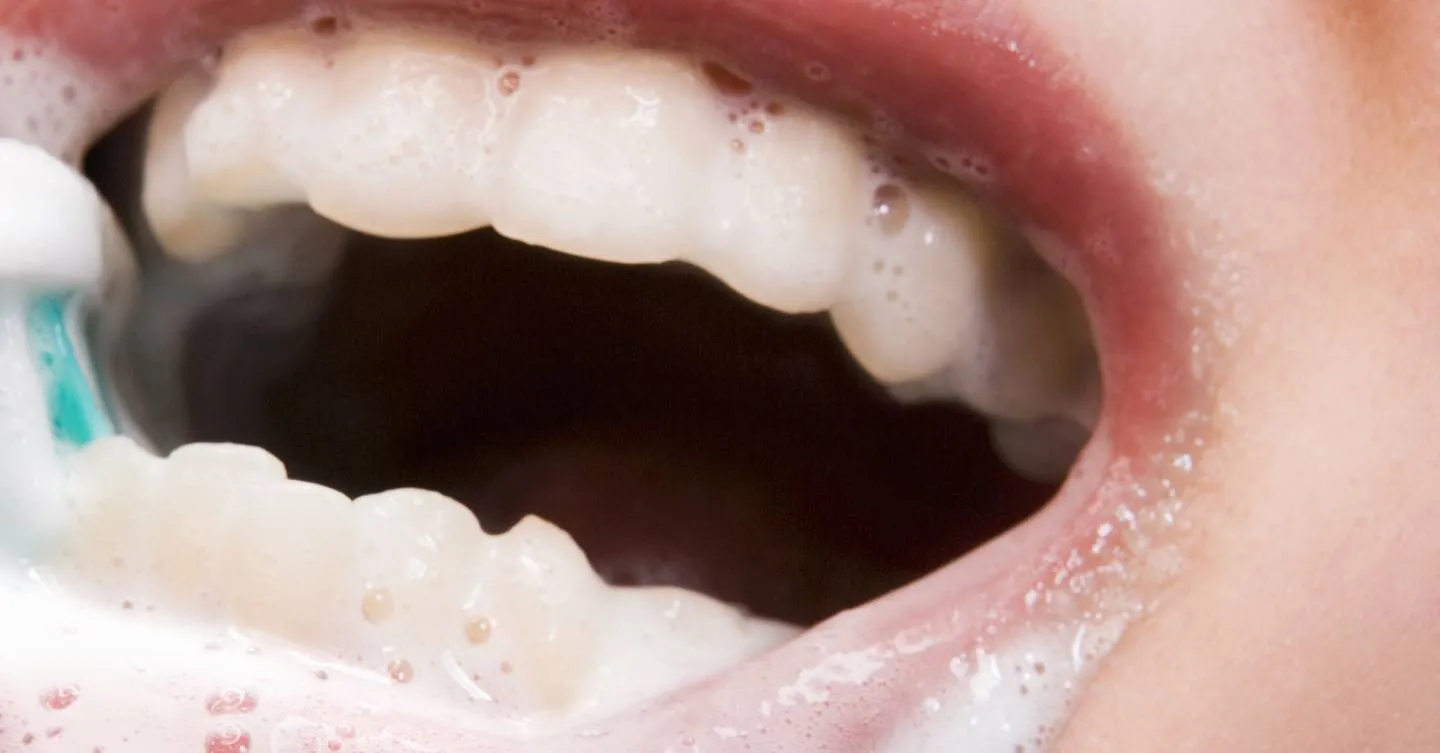
Frequency of Use
When using baking soda for teeth whitening, moderation is key. Overuse can lead to enamel erosion and increased tooth sensitivity. Generally, it’s recommended to use baking soda mixtures no more than once or twice a week. For those with sensitive teeth, it might be best to limit its use even further or consult a dentist. Regular brushing with a fluoride toothpaste remains essential for overall oral health, and baking soda should be considered a supplementary treatment. Frequent use may lead to more risks than benefits. Image of the tooth brushing frequency.
Things to Avoid
To maximize safety and effectiveness, avoid certain practices when using baking soda for teeth whitening. Do not brush too aggressively, as this can damage your enamel. Also, avoid using baking soda on a daily basis, and steer clear of combining it with highly acidic substances like lemon juice too frequently. If you experience increased sensitivity or discomfort, discontinue use immediately. Moreover, always follow up your baking soda treatment with a regular fluoride toothpaste to strengthen your teeth. These precautions help to protect your teeth and gums while maximizing the benefits of baking soda.
Potential Risks and Side Effects
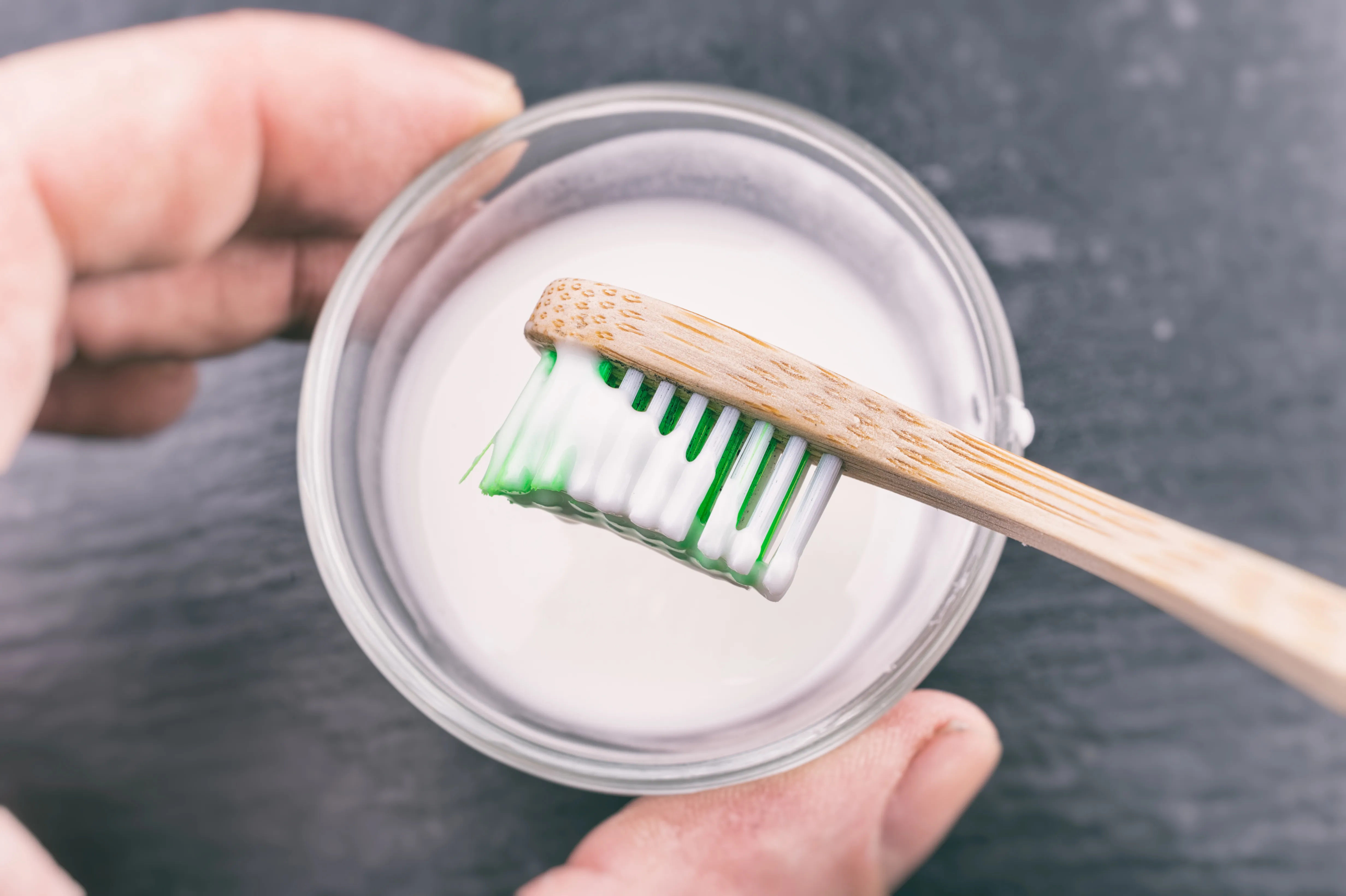
Tooth Sensitivity
One of the most common side effects of using baking soda for teeth whitening is increased tooth sensitivity. This occurs because the abrasive nature of baking soda can wear away the enamel, exposing the underlying dentin. Dentin contains tiny tubules that lead to the nerves of your teeth, making them more sensitive to hot, cold, and sweet foods and drinks. If you experience tooth sensitivity, reduce the frequency of use or discontinue the treatment and consult your dentist. The image shows a person with tooth sensitivity.
Enamel Erosion
Overuse of baking soda can lead to enamel erosion. Enamel, the hard, protective outer layer of your teeth, does not regenerate. Once eroded, it exposes the dentin, which is more susceptible to decay and staining. Enamel erosion increases the risk of cavities and other dental problems. Regular dental checkups are crucial for monitoring the condition of your enamel. Using baking soda too frequently can lead to permanent damage. Therefore, using baking soda appropriately is crucial for your teeth health.
Alternatives to Baking Soda

If you are concerned about the potential risks of baking soda, or if you find it ineffective, there are several alternatives to consider. Whitening toothpastes containing mild abrasives, such as hydrated silica, can help remove surface stains. Over-the-counter whitening strips and gels that contain hydrogen peroxide are also effective for removing stains. For more significant whitening, you can consult a dentist about professional treatments, such as in-office whitening or custom-fitted whitening trays. It is essential to consult a dentist to determine the best course of action. Image of several alternative options.
In conclusion, baking soda can be a useful home remedy for teeth whitening, but it’s crucial to use it with caution and in moderation. While it can effectively remove surface stains, it also carries potential risks such as increased sensitivity and enamel erosion. By understanding how baking soda works, following recommended guidelines, and being aware of the alternatives, you can make informed decisions to achieve a brighter, healthier smile. Always prioritize your oral health by consulting with a dental professional and practicing a consistent oral hygiene routine.
